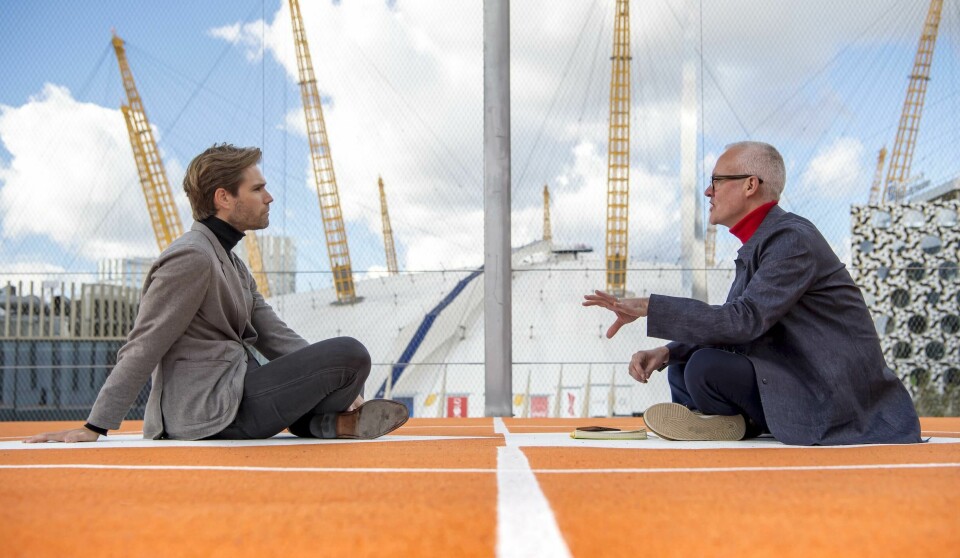
Exclusive interview: Maximilian Missoni, head of design, Polestar
Car Design News contributing editor Guy Bird spoke to Polestar’s head of design Maximilian Missoni about sustainability goals, future products and why the brand does not need to please everyone
After a panel discussion on ‘Designing Towards Zero’ in London’s new Design District in the south-east of the city, Car Design News persuaded Polestar’s head of design Maximilian Missoni to go ‘up on the roof’ for an exclusive chat to discuss the brand’s imminent future products, ambitious sustainability goals and its new relationship with Volvo…
Car Design News: What are your personal feelings about how we should respond to the urgent climate challenge?
Maximilian Missoni: As a race, we have the capacity to innovate our way out of problems, if we are clever – which we are – and that should be our aim. Maybe it’s necessary to cut down on certain things to reach short-term goals, but it cannot be the solution and I do not think it will be. It is like the oil crisis in the 1970s, where suddenly the weirdest things happened, but they did not stay. I think we will see the same thing now. We have to plan a bit more long-term.
CDN: Do you worry about being too austere in your design approach? I accompanied a friend on a Polestar 2 test-drive with a vegan interior and he was very excited by the prospect but came away saying the interior lacked ‘a sense of occasion’ – that it wasn’t special enough. The exterior palette seemed limited as well – just various shades of grey, white, and black. Is there an argument for more variety?
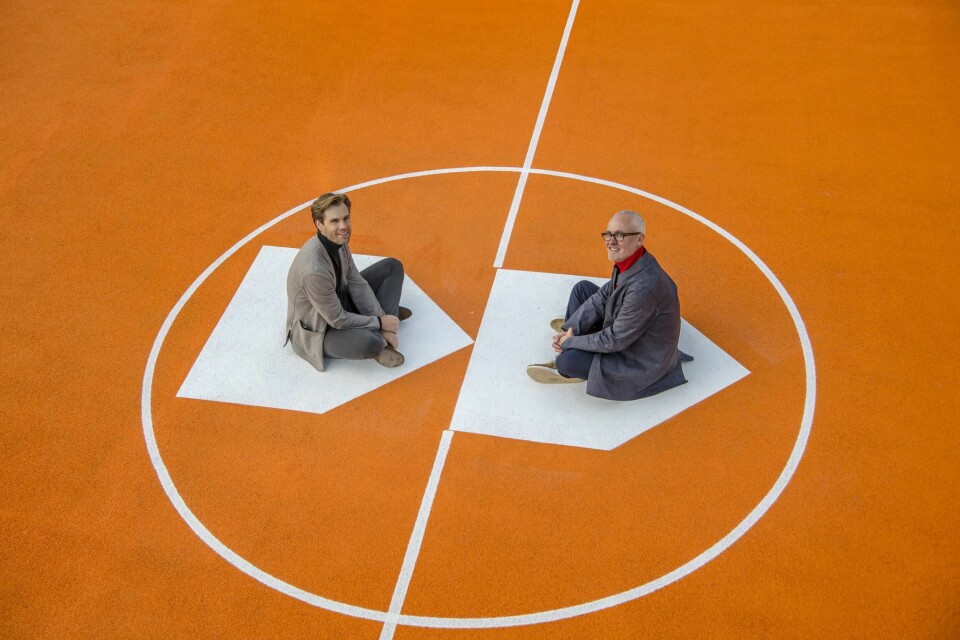
MM: It’s an interesting question and I think the answer is that first we went for being very recognisable and strong-flavoured as a brand, because that aspect of a new company is so important. If you offer a full palette of colours and make it up to the individual to design their own car, I think you lose a bit of the purity of the brand. And you have to remember that the Polestar 2 is the first step. Did your friend see the leather option as well?
CDN: The leather option wasn’t available to test-drive…
MM: That interior gives quite a different feel. Our CEO Thomas Ingenlath has a strong vision for the brand but does not want to be too dogmatic, so offering ‘vegan as standard’ is good but having a leather option is just fine, as most of us eat meat too, the leather is a byproduct.
CDN: But could you not offer a synthetic ‘vegan leather’ which could also have a warmer feeling?
MM: Absolutely, I wish I could talk more to you about the future…
CDN: Some designers design for other designers rather than their customers. Or there are not enough customers who think like they do, so eventually they have to broaden what they stand for slightly? I wonder if Polestar needs to express more humanity, be less idealistic and more realistic?
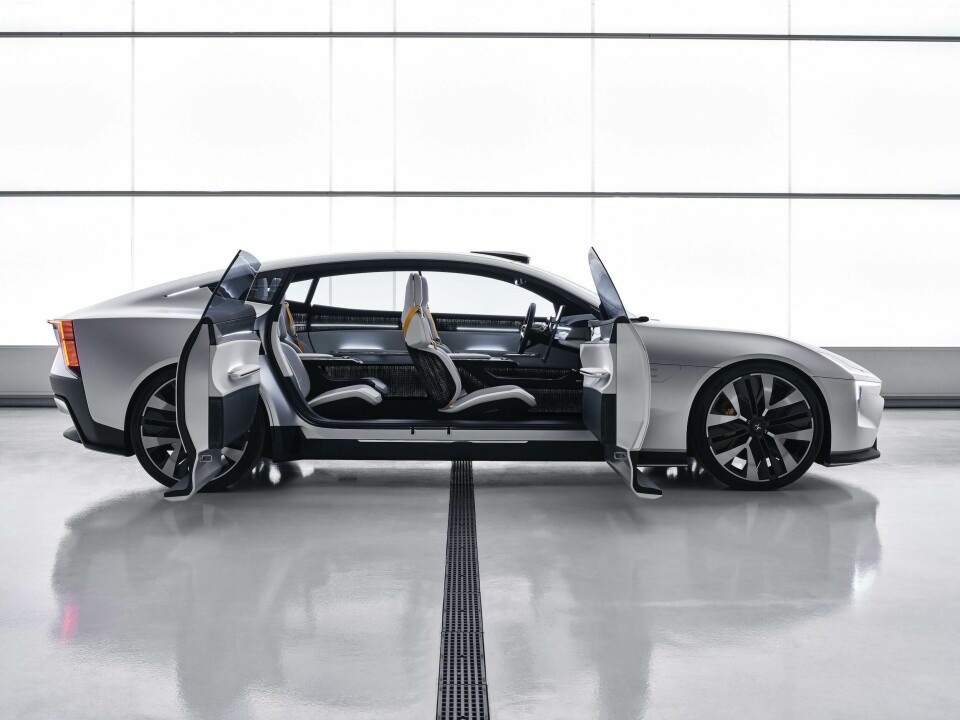
MM: I would rather call our brand message consistent, but as we broaden our palette we can explore more and that is where I think the brand should be. It’s important to not just reference the traditional paradigms and do the things we know people like, to get quick recognition. I see that a lot in start-up brands that quote standard ideas, so people understand and buy into them. The harder way is to be more consistent. The Precept concept interior bridges the gap so beautifully, by turning something sustainable and minimalistic into something very human. For example, it is the texture of the back-lit flax fibre [on the door cards and elsewhere] that creates such a warm feeling – there’s no decoration. I think that is a beautiful way to get to where we want to be, without losing our identity.
CDN: Identity is important and your brand has a clear one. As you launch more cars will you cater to different lifestyles and tastes? And will there eventually be a production car called the Precept as well?
MM: We are doing numbers for our production cars and names for concept cars. We have just shown our next three cars – under wraps – and that includes the [premium SUV] Polestar 3 from 2022, so you can imagine the 4 and 5.
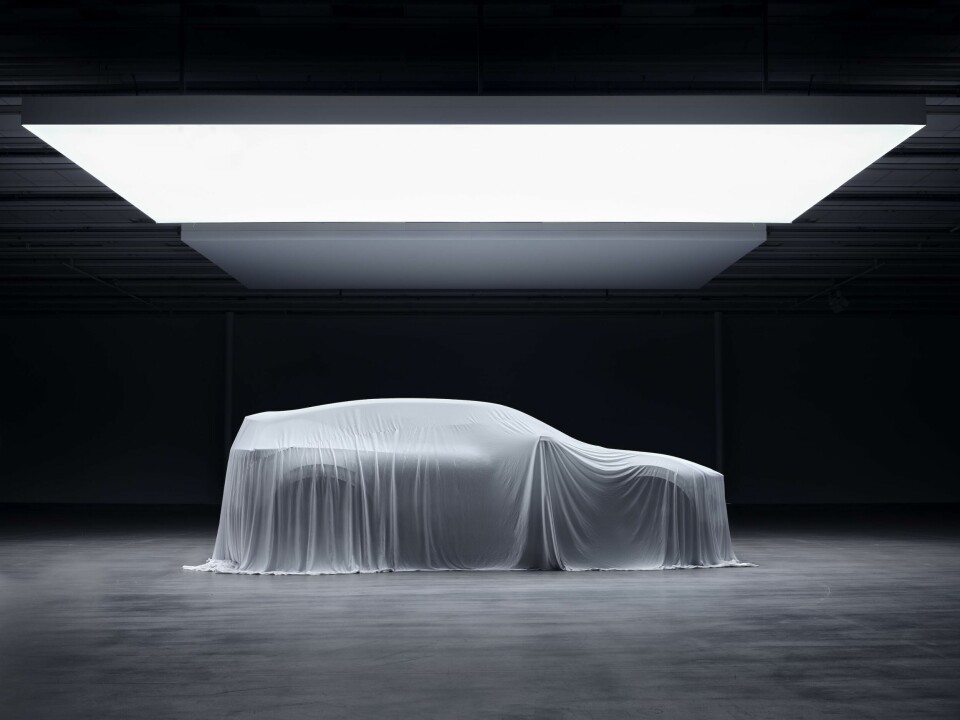
CDN: Are those new models going to arrive consistently one year apart now?
MM: That is the plan. I think it surprised some people to see the momentum we have. That’s not so usual for a start-up, but since we are based within the Volvo Car Group and the Geely Group, we have arguably more resources to start pushing. My challenge currently is to do this with a transitioning design team that was first based within Volvo for a long time. Now we are independent, but ‘building the plane while it’s flying’, as you can imagine, is a challenge.
CDN: Is there any design crossover left between Volvo and Polestar?
MM: In the materials portfolio, some things will be specifically Polestar and some Volvo, but when you’re talking to suppliers about a whole range of materials, as a Group, it’s wise to keep them aligned. The design is individual but the way to get to a certain material is different. With electrical architectures, we have our own UX designers for our own expressions. We will share colleagues, but apart from that, we want to keep things very separate.

CDN: Once you have launched these cars – the 3, 4 and 5 – do you see a time when you won’t change those interior designs so much and it will be more a case of offering customers new materials to swap or add-in to keep things fresh for sustainable and longevity reasons?
MM: In my Volvo days, you would always get the question: ‘Where’s my black leather option?’ Things had to be fairly neutral to gain a certain resale value so it was hard to be playful. Whenever we introduced a material that was more fashionable we had an uphill battle. Now we talk about materials that might need to be changed quicker anyway, because if they are fully sustainable and circular, they might not fulfill all of the criteria we put on materials that have to last ten years or more. If you leverage that and become a bit bolder with your design statements, there could be a path to something, in a Polestar way. We’re an intellectual brand, not a ‘first-read’ brand. Polestar doesn’t need to please everybody. Of course, with size, comes a need to please a few more people, but currently it’s quite important for us to be a bit more exclusive.
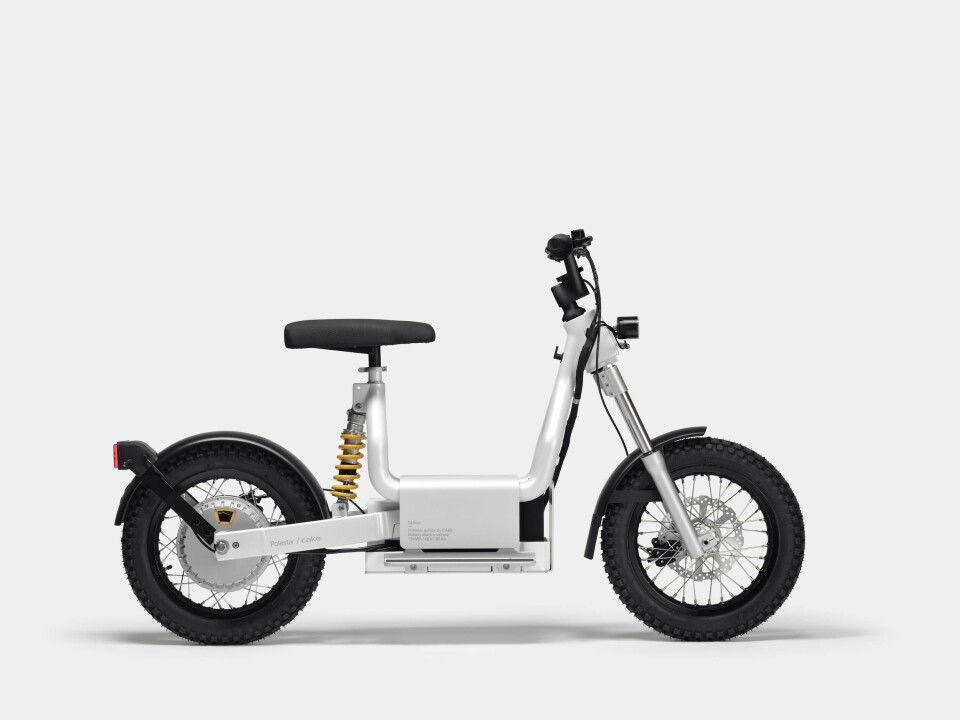
CDN: Which firms – from any industry – do you think have done a credible job in terms of circularity and sustainability?
MM: Companies like Patagonia take it seriously and it is believable. But their product is so much less complex. We can be inspired by how they do it, but you pretty quickly realise that the processes and requirements in our products are so different. It is a much longer and more difficult path for us. To have less impact in terms of CO2, it is crucial to get to a point where components can be exchanged easily. Many bits and pieces in a car today are shredded – and not only interior ones. There are some magnets and other parts which, in a very complex process we can pull the valuable materials out of, but it is hard with bonded components, things that are glued together. It is a big topic for the whole industry.
CDN: Any other inspirational companies?
MM: I know that IKEA is planning to be circular by 2030. That is impressive considering their range of products, there are tens of thousands of them.
CDN: How hard is it for car companies to be truly circular and sustainable?
MM: In the car space we are aware this is needed but only a few brands have been as transparent as we are now. We shocked people when we did a lifecycle assessment of the Polestar 2 and said, ‘Yes, an electric car does emit more CO2 in the “cradle-to-gate” scenario than a combustion car, that is the truth.’ However afterwards, in usage, depending on the energy mix that provides the electricity, the scenario is better. Only an electric car can reach zero, in a combustion car you can’t. So, we know we are on the right track. We just need to fix some of the issues. Looking back at the traditional car designer role – a figurehead of how a product looks and feels – this new scenario has really widened our approach and responsibility.




